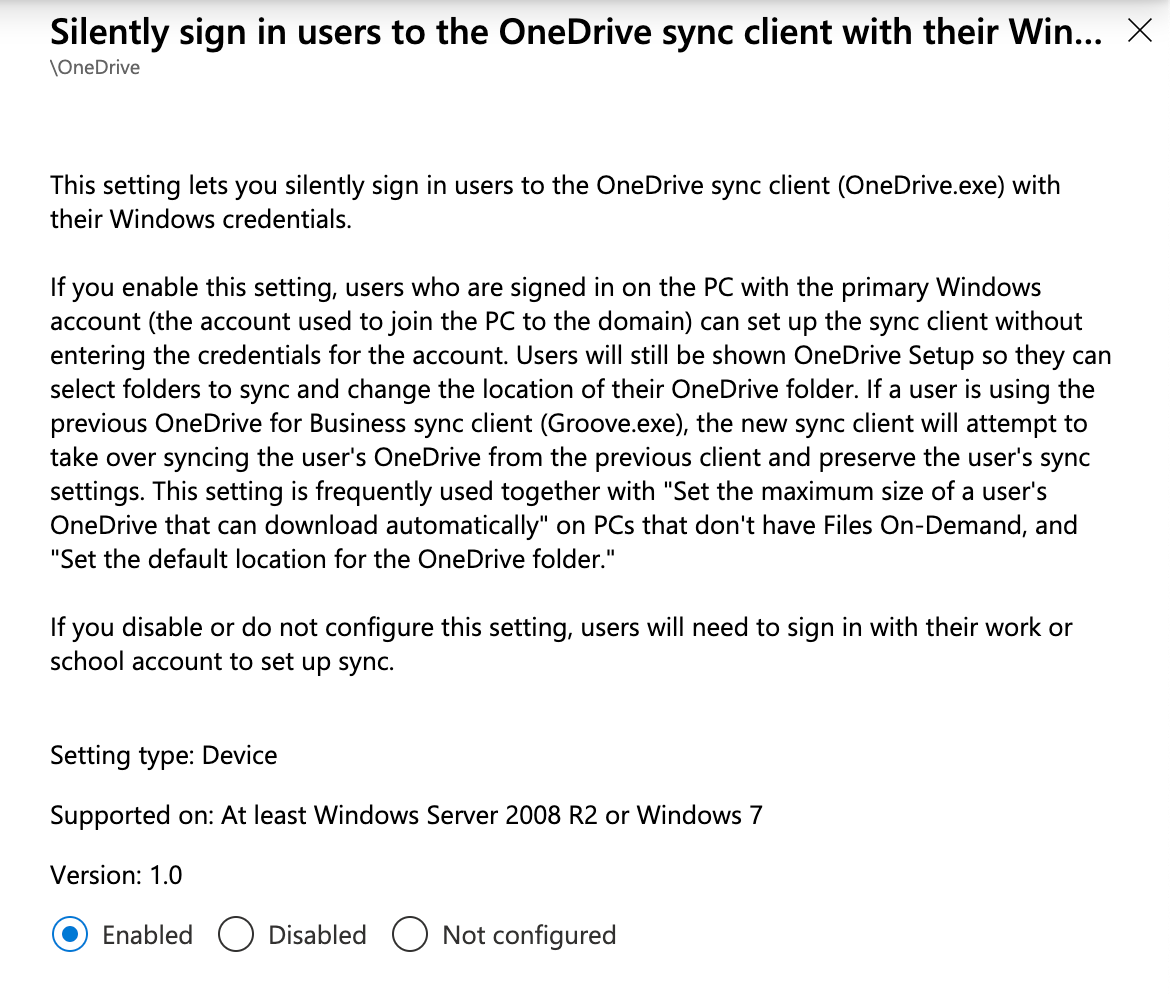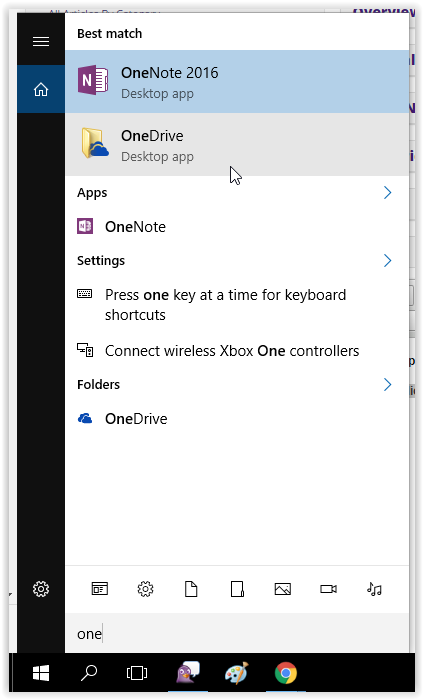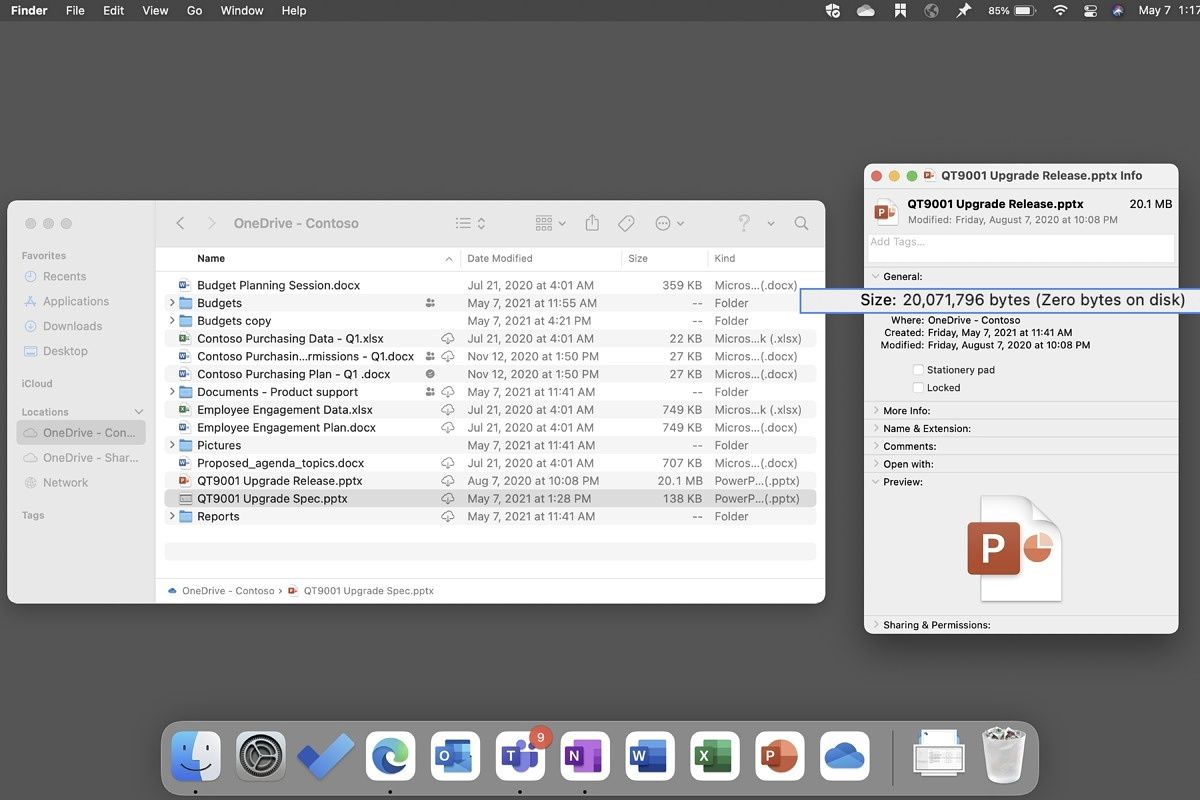

- #Onedrive sync client for windows install#
- #Onedrive sync client for windows upgrade#
- #Onedrive sync client for windows for windows 10#
- #Onedrive sync client for windows software#
- #Onedrive sync client for windows windows 8#
$DiskSizeregistryPath = 'HKLM:\SOFTWARE\Policies\Microsoft\OneDrive\DiskSpaceCheckThresholdMB'#Path to max disk size key Using a script: $HKLMregistryPath = 'HKLM:\SOFTWARE\Policies\Microsoft\OneDrive'#Path to HKLM keys
#Onedrive sync client for windows for windows 10#
Be sure you have automatic enrollment set up for Windows 10 devices. If the computers on your network aren't connected to Active Directory on-premises, but only to Azure AD, we recommend using Intune and a Microsoft PowerShell script to set the registry keys required to enable silent account configuration. For more information, make sure to check out the Azure AD federation compatibility list. Select third-party identity providers (IdPs) are supported, but there are caveats. Silent account configuration won't work on devices for users who require multi-factor authentication. For info about using Azure AD Connect, see Getting started with Azure AD Connect using express settings. If you federate your on-premises Active Directory with Azure AD, you must use AD FS to enable this feature. Devices must be running one of the following operating systems: If you have an on-premises environment that uses Active Directory, you can enable hybrid Azure AD joined devices to join devices on your domain to Azure AD. To learn how, see Join your work device to your organization's network.

You can join devices running Windows 10 and Windows Server 2016 directly to Azure AD. See all our recommendations for configuring the sync app Prerequisitesīefore you can enable silent account configuration, you need to join your devices to Azure AD. We recommend enabling silent account configuration when you configure the sync app. When the user is configured in the sync app, if the same user account is syncing files with the previous OneDrive for Business sync app (Groove.exe), the new sync app (OneDrive.exe) will attempt to take over syncing those files. For info about setting this threshold using Group Policy, see Set the maximum size of a user's OneDrive that can download automatically. If syncing the user's entire OneDrive would cause the available space to drop below 1 GB or if the size exceeds the threshold you set (on devices that don't have Files On-Demand enabled), OneDrive will prompt the user to choose folders to sync.

That Windows account must be an Azure Active Directory (AAD) account or be linked to an AAD account through a hybrid authentication configuration (see Prerequisites below).īefore OneDrive.exe begins syncing, it will check the available disk space. If you enable this feature, OneDrive.exe will attempt to silently (without user interaction) sign-in to the work or school user account that was used to sign into Windows (known as the Windows Primary Account). This feature works for computers that are joined to Azure Active Directory (Azure AD).
#Onedrive sync client for windows install#
The new OneDrive policy may push some users to install newer Windows versions even if they're otherwise happy with an old operating system.This article is for IT admins who would like to silently configure user accounts when deploying the new OneDrive sync app (OneDrive.exe) to managed Windows computers in their enterprise. That hurts Microsoft's bottom line, of course, but it also poses security risks - WannaCry took advantage of organizations running outdated Windows versions.
#Onedrive sync client for windows upgrade#
Microsoft has long had trouble persuading some customers to upgrade to newer versions of Windows, to the point where companies and governments would rather pay for special support contracts than update. In other words, Microsoft really wants you to upgrade to Windows 10 or Windows 11. This will help "focus resources" on newer Windows platforms and technologies, according to OneDrive developers. The company wasn't shy about its reasoning.
#Onedrive sync client for windows windows 8#
Windows 7 and 8.1 workplace users will have until January 10th, 2023 (the end of extended support for both platforms), while Windows 8 users are already out of luck. Microsoft is tying corporate OneDrive support to the Windows cycle for relevant machines. You can still use the web to manually transfer files, but that's clearly a hassle if you routinely access cloud files from an older PC.īusiness customers won't have much of a reprieve, either.
#Onedrive sync client for windows software#
The software will no longer receive updates from January 1st onward. As Thurott reports, Microsoft has warned that the OneDrive desktop app will stop syncing with personal Windows 7, 8 and 8.1 computers on March 1st, 2022. Microsoft is trying to nudge more people toward newer Windows versions.


 0 kommentar(er)
0 kommentar(er)
